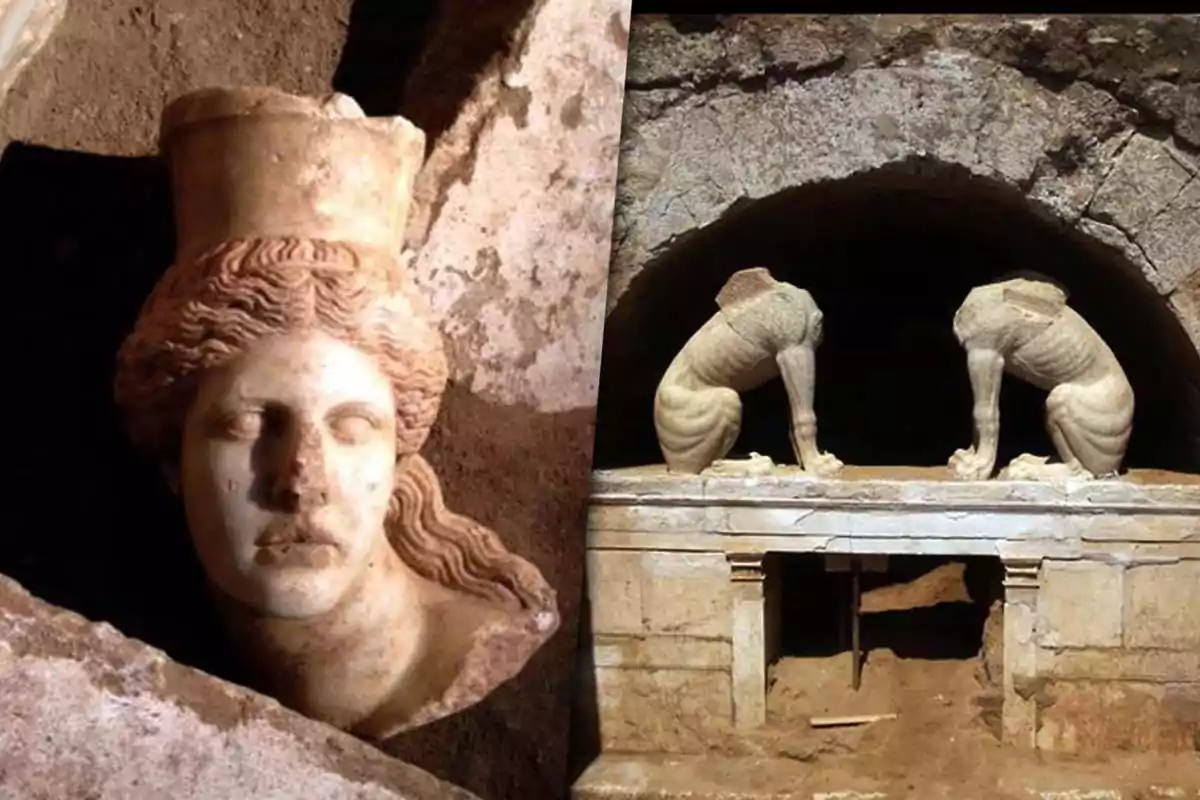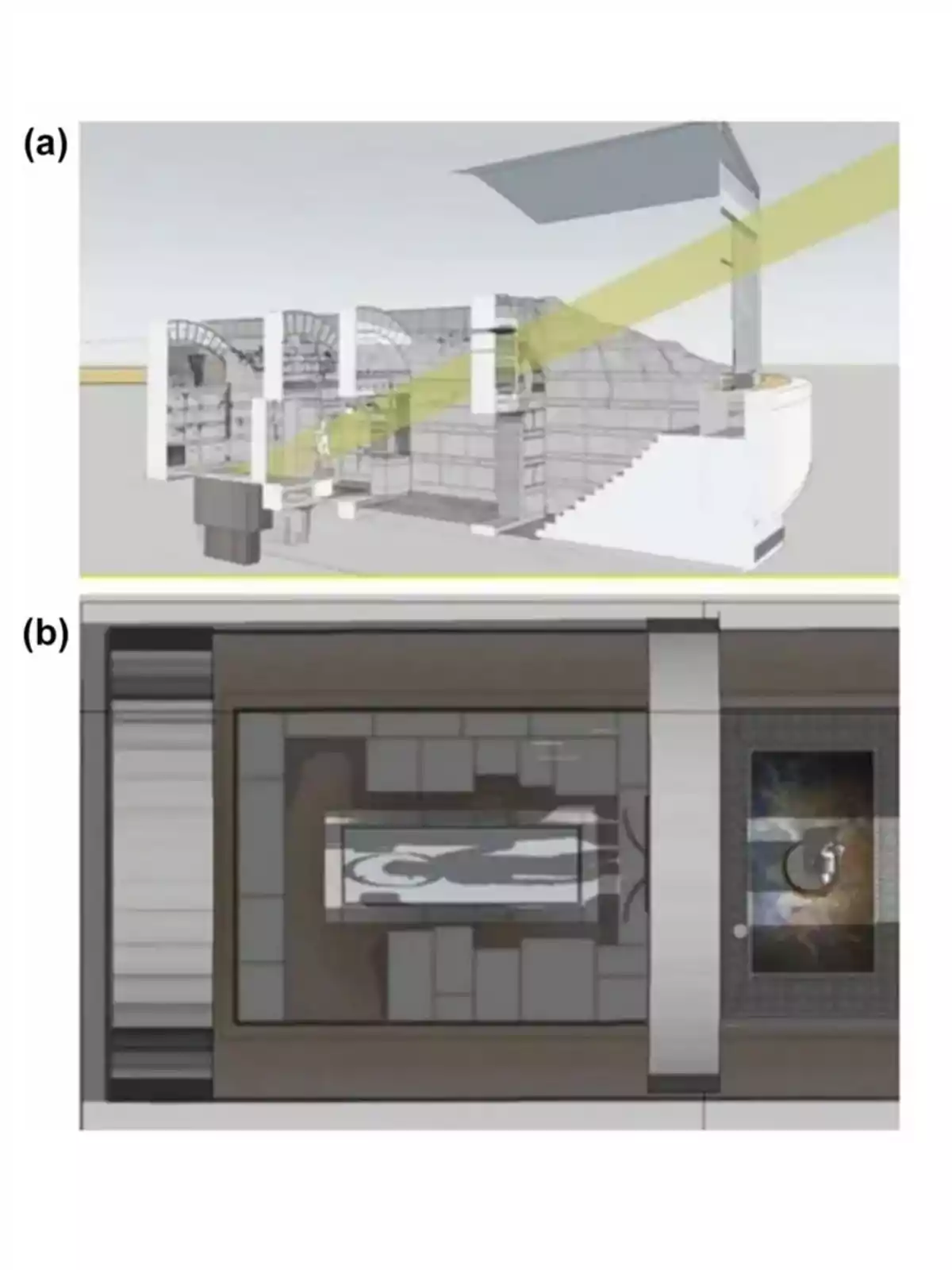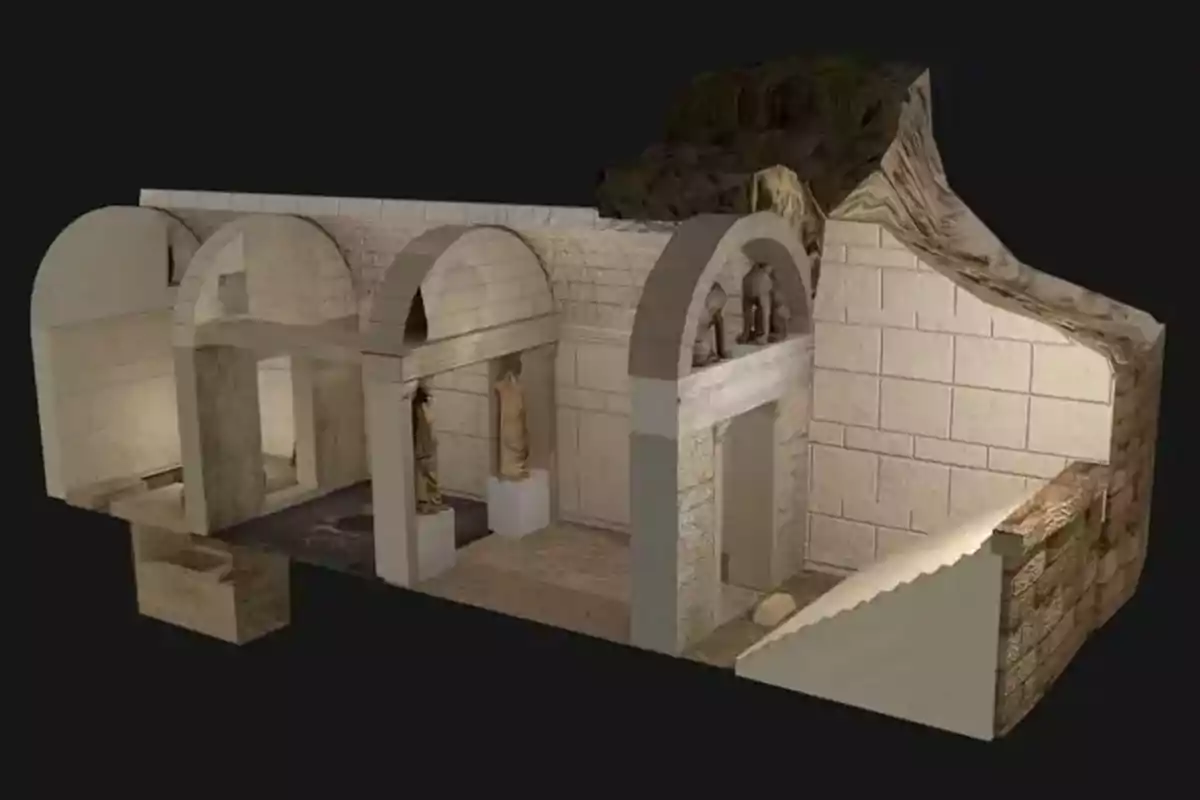
The sunlight reveals a hidden mystery in the tomb built by Alexander the Great.
The light enters the tomb built by Alexander the Great every December 21 and illuminates a key point
A new study reveals that the tomb of Amphipolis, built by order of Alexander the Great, has a direct connection with the winter solstice.
The analysis by Greek experts shows that the structure was not only a tribute to Hephaestion but also a cosmic symbol. Sunlight enters the tomb every December 21 and illuminates a key point of the site.

The connection between the tomb and the sun: coincidence or hidden message?
The study was published in the Nexus Network Journal and confirms what many archaeologists already suspected. The tomb of Amphipolis was designed to align with the winter solstice, a key moment in the solar calendar.
Through 3D modeling and astronomical simulations, scientists discovered that sunlight projects onto the area where Hephaestion's sarcophagus would have been, a key figure for Alexander the Great.
A design intended to represent life, death, and rebirth
The entry of light on specific dates is not coincidental. The sun's path throughout the year precisely traverses the corridors, stairs, and inner chambers.

According to researchers, this suggests a symbolic representation of the soul's journey. A way to depict the eternal cycle of life, death, and rebirth that was central in Greek mythology.
How did they reach this conclusion?
- They used solar simulation software with precise geographical data.
- They analyzed the incidence of light in different seasons.
- They detected a lighting pattern that repeats every December 21.
This pattern reinforces the idea of a construction aligned with astronomical events. Something that was not unusual in the ancient world but is now proven with scientific data.

What is special about the tomb of Amphipolis?
Discovered in 2012, it is the largest funerary monument found in Macedonia. Meanwhile, everything indicates that it was built by Alexander the Great for his friend and ally.
The tomb stands out for its monumental architecture and symbols. Two giant caryatids flank the entrance, and a huge mosaic of the abduction of Persephone decorates its interior.
Why is it linked to Hephaestion?
Because of the size, top-level, and dating of the monument. Additionally, there are historical records suggesting that Alexander requested the construction of sanctuaries in his honor.

If it is confirmed to be his tomb, everything indicates that Alexander wanted to immortalize him not only as a military hero but as an almost divine figure.
A place designed for the sun, the gods, and eternity
Archaeologists believe that the tomb functioned as a point of connection between the world of the living and the beyond. And that the sun, by illuminating it, activated that sacred link.
It is even suspected that there was a central statue that interacted with the sun's rays on specific dates, although no remains of it have been found.
More posts: